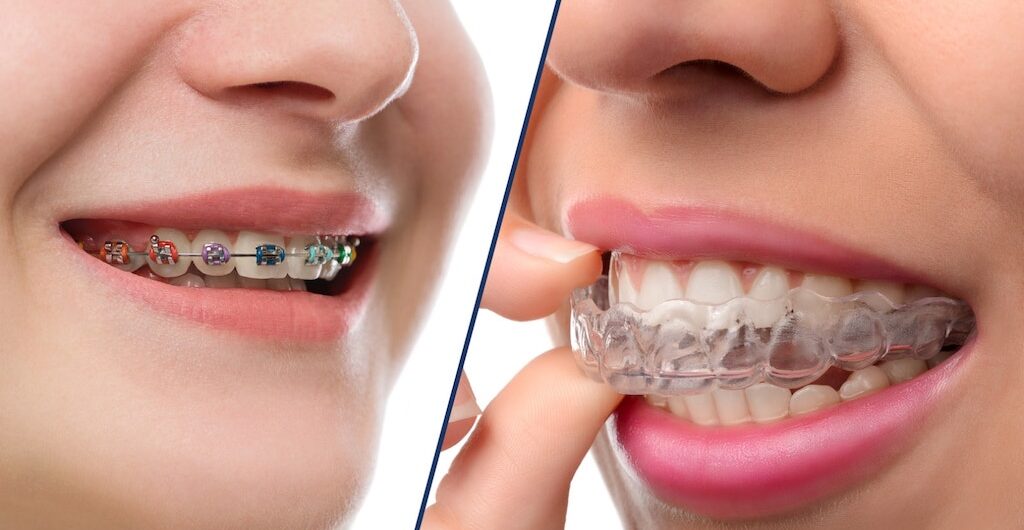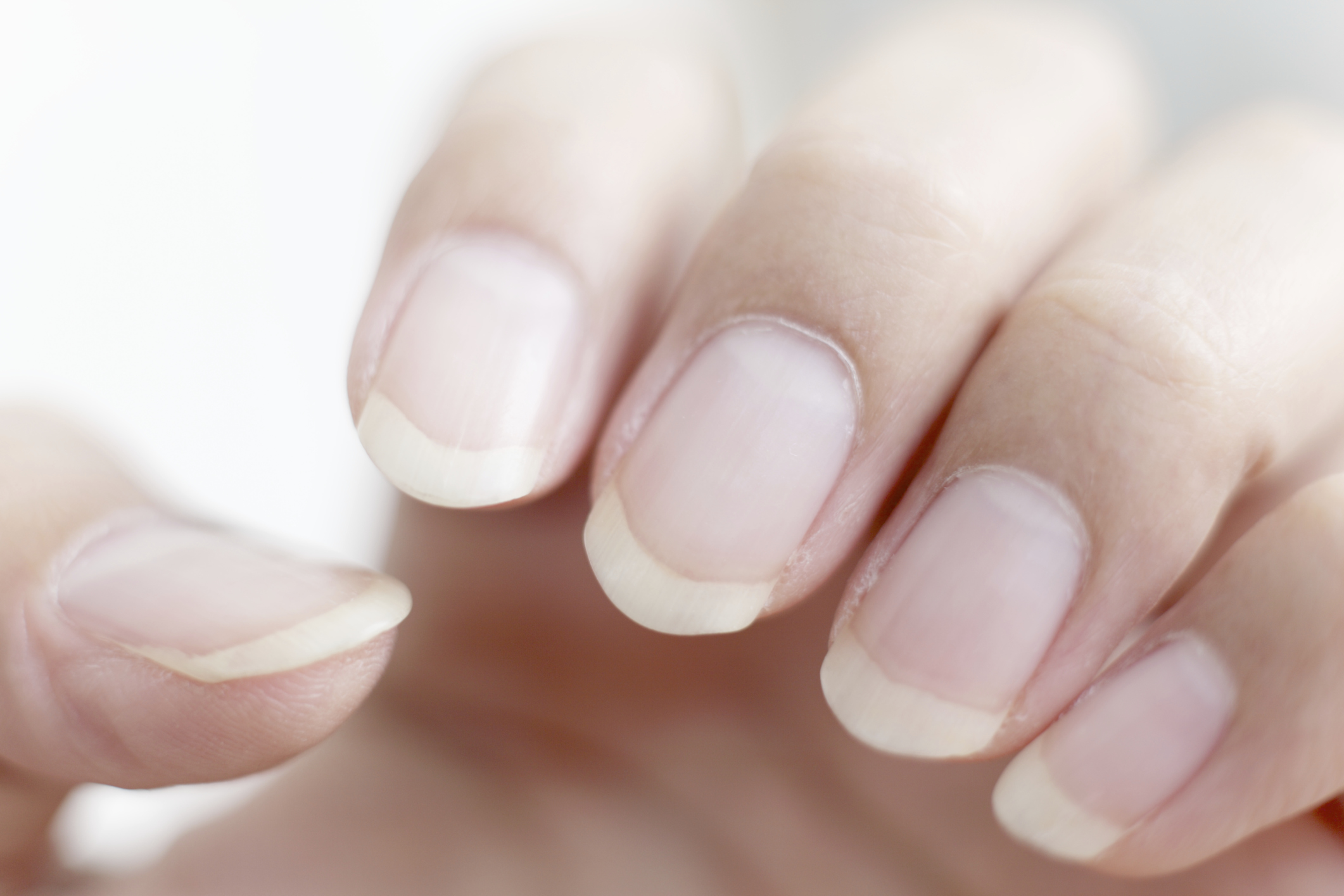Many people choose to straighten their teeth, either as teenagers or adults. It can be a difficult choice whether to go the route of traditional braces or the newer orthodontic way of Invisalign. Keep reading to find discover the pros and cons of each.
Invisalign: The Pros
Invisalign treatment, likely made at a Dentist Near Me, uses plastic aligners that are made for each patient. A 3D scan is first made of the patient’s mouth, and then a series of aligner trays are made that, when consistently worn, will move the teeth gradually until straight teeth are achieved.
One of the biggest advantages of Invisalign aligners is their invisible look. The trays are clear and hardly noticeable. Adults who are in the workforce, and self-conscious teens appreciate this advantage. Patients don’t have to worry about how they look in photos with braces, or people noticing that they are undergoing treatment.
Another advantage of Invisalign treatment is that patients can eat whatever food they want since the aligners are taken out before eating. Popcorn, candy, and chewy foods that are not allowed with braces are fine to eat with Invisalign. Brushing and flossing teeth is also easy with Invisalign since the trays are completely removed during brushing. This allows teeth to stay their cleanest, even during orthodontic treatment.
Invisalign Aligners are comfortable to wear. While there may be a few attachments that go with trays, the plastic is smooth and made for the individual mouth. It fits comfortably and does not cut or poke the cheeks as traditional braces can.
Invisalign: The Cons
The biggest con is probably the fact that the patient must be committed and disciplined to wear the aligners 22 hours per day. They must remember to put the trays back in after eating. Optimum results will not be achieved if they are not worn regularly. This leads to the next disadvantage, the fact that trays must be removed every time a patient eats or drinks something other than water. If the patient is in public, they must be careful to remove them discreetly, and then not lose them. Teeth need to be brushed before putting the trays back in, or staining and tooth decay can occur.
Invisalign is not always the method of choice for an orthodontist. Some complex orthodontic cases require additional appliances and methods that Invisalign does not allow.
Traditional Braces: The Pros
One of the greatest benefits of traditional braces is that they can be used with all patients, regardless of how complex the case is. Braces have more force to move teeth into the proper position, therefore sometimes producing a better result than Invisalign. There are also a variety of braces now, including lingual and ceramic braces, and many colors of rubber bands to personalize a smile. Sometimes the treatment time can also be faster with traditional braces.
Traditional Braces: The Cons
Many people don’t like the look of braces in their mouth, even if it is clear. It is difficult to brush and floss around braces, therefore making staining of teeth, and tooth decay common. Patients in traditional braces are restricted from eating certain things, such as popcorn, chewing gum, and chewy candies. Finally, there are usually more consultations and appointments with traditional braces.
Invisalign and Traditional braces both provide great methods for straightening a smile. Consider the pros and cons carefully before choosing which one is right for you.
Latest Posts:
- A Brief History on How Eternity Rings Came to Be
- What are the Different Types of Gemstones That Exist Today
- The Most Common Myths and Misconceptions About Shapewear
- How to Get Rid of Dandruff: Causes and Treatment
- Styling Organza Saree
- 7 Viable Hair Removal Methods for Women
- Are Necklaces or Chains Attractive on Guys?
- Triceps Exercise Guide for Beginners
- Perfect Picnic Outfits
- 6 Killer Chest Workouts for Strengthening the Upper Body
- Golden Rules of Good Hair Care: The Do’s





